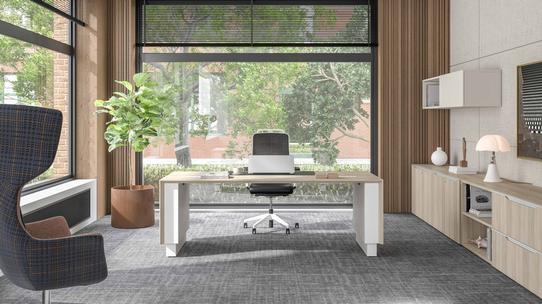Revamping your office is an exciting opportunity to boost productivity, morale, and brand image. But before you start picking paint colours or shopping for stylish desks, it’s crucial to avoid the common pitfalls that can turn a dream office into a daily headache. The best office interior design and commercial interior design projects blend creativity, comfort, and function-especially when it comes to choosing modular furniture and ergonomic furniture. Here’s your crash course on the five biggest mistakes to dodge, so your workspace upgrade is a true success.
Ignoring Functionality for Aesthetics
It’s easy to get swept up by images of trendy offices on social media. But focusing only on aesthetics-without considering how your team actually works-can lead to a space that looks great but fails in practice. Office interior design should always start with mapping out workflows, movement patterns, and collaboration needs. Commercial interior design isn’t about creating a showroom; it’s about supporting real people doing real work.
For example, a sleek glass desk might look impressive, but if it’s uncomfortable or impractical for daily use, it’s a liability. Modular furniture should be chosen for its flexibility and usability, not just its appearance. Ergonomic furniture is essential for employee health and productivity, so never sacrifice comfort for style. Before you buy, ask yourself: Will this piece help my team do their best work, or will it just look good in photos?
Overcrowding the Office with Furniture
One of the most common mistakes in office interior design is filling every inch of space with furniture or decor. Overcrowding creates a cramped, stressful environment and can block natural light, airflow, and movement. Commercial interior design should prioritize open layouts, clear pathways, and zones for both collaboration and quiet focus.
When selecting modular furniture, remember that less is often more. Choose pieces that are multifunctional-like modular seating that can be rearranged for meetings or solo work. Ergonomic furniture should be spaced to allow for easy adjustments and movement. Resist the urge to buy every trendy chair or table; instead, focus on creating a balanced environment where people can move freely and feel at ease.
Neglecting Ergonomics and Employee Well-Being
Ergonomics is not a buzzword-it’s a foundation of effective office interior design. Ignoring ergonomic principles can lead to discomfort, fatigue, and even long-term health issues for your team. Commercial interior design must always include ergonomic furniture, such as adjustable chairs, sit-stand desks, and accessories like footrests or monitor arms.
Modular furniture should support ergonomic adjustments, allowing employees to personalize their workspace. Don’t just assume that one size fits all; test out furniture options and get feedback from your team. Investing in ergonomic furniture isn’t just about compliance-it’s about showing your employees that their well-being matters. A comfortable, healthy team is a productive team.
Poor Space Planning and Ignoring Acoustics
Space planning is the unsung hero of great office interior design. Without a thoughtful layout, even the most beautiful modular furniture and ergonomic furniture will fall short. Poor planning can lead to bottlenecks, distractions, and a lack of privacy. Commercial interior design should always start with a clear plan for how different zones-like meeting rooms, quiet areas, and collaborative spaces-will function together.
Acoustics are another often-overlooked element. Open-plan offices with hard floors and glass partitions can become echo chambers, making it hard to focus or hold private conversations. Modular furniture can help here, too: use acoustic panels, mobile partitions, and soft seating to absorb sound and create quiet zones. Don’t forget to plan for storage, lighting, and technology integration as part of your overall space plan.
Chasing What’s New Instead of Building for Longevity
Keeping up with the new designs can be fun, but office interior design and commercial interior design should be built on timeless principles. Chasing the latest fads-like neon accents, extreme minimalism, or unconventional layouts-may look cool now but could feel dated or impractical in a year or two. Modular furniture is a smart investment because it adapts to change, but it should be chosen for quality and flexibility, not just trendiness.
Ergonomic furniture and modular systems with classic lines and durable materials will stand the test of time. Use trends in small, easily updated ways-like artwork, accessories, or accent walls-while keeping the core design functional and enduring. This approach ensures your office stays fresh and relevant, without constant costly overhauls.
Key Takeaways
- Always prioritize functionality and workflow over pure aesthetics in office interior design.
- Avoid overcrowding your space; select modular furniture and ergonomic furniture that support open layouts and easy movement.
- Never neglect ergonomics-choose adjustable, supportive furniture that keeps your team healthy and productive.
- Plan your space carefully, considering acoustics, storage, and technology integration for a seamless commercial interior design.
- Focus on timeless design and quality modular furniture, using trends only as accents to keep your workspace adaptable and future-proof.
Conclusion
Revamping your corporate interior design is a chance to create a space where people love to work. By avoiding these five common mistakes-prioritizing function, keeping spaces open, investing in ergonomic and modular furniture, planning for acoustics, and building for longevity-you’ll ensure your commercial interior design project delivers lasting value. The right choices today will shape a workspace that’s flexible, healthy, and ready for the future.
Frequently Asked Questions (FAQ):
How does modular furniture help avoid common office interior design mistakes?
Modular furniture offers flexibility, making it easy to adapt layouts for collaboration, privacy, or future changes. It helps prevent overcrowding and supports ergonomic adjustments for every employee.
Why is ergonomic furniture essential in commercial interior design?
Ergonomic furniture reduces strain, boosts comfort, and prevents injuries, creating a healthier, more productive workplace. It’s a non-negotiable element of any modern office interior design.
What’s the risk of ignoring space planning and acoustics in an office redesign?
Poor space planning can lead to clutter, distractions, and workflow bottlenecks. Ignoring acoustics can make the office noisy and stressful. Both issues can undermine the benefits of even the best modular furniture and ergonomic furniture.

